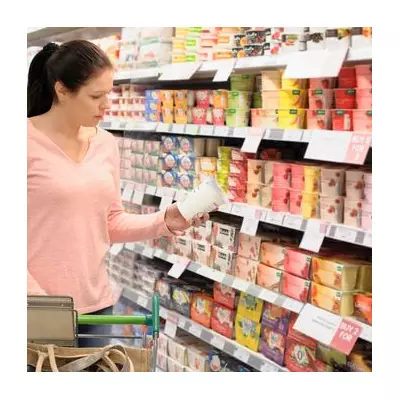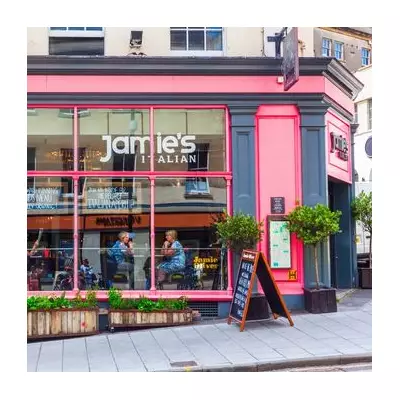
Tesco is rolling out a significant change to how it displays Clubcard prices that will transform the shopping experience for millions of customers across the UK.
The retail behemoth is moving its famous yellow Clubcard price labels from their traditional position at the back of shelves to the front, making deals more visible and accessible than ever before.
What's Changing for Shoppers?
Previously, Tesco customers had to scan the rear of shelves to find the best Clubcard deals, often missing out on potential savings. The new system places the distinctive yellow price tags front and centre, ensuring shoppers can immediately identify discounted items.
A Tesco spokesperson explained: "We're always looking for ways to make our customers' shopping experience easier and more affordable. By moving Clubcard prices to the front of our products, we're helping shoppers spot great deals quickly and effortlessly."
Why This Matters for Your Wallet
This strategic shift comes as households continue to feel the pinch from the ongoing cost of living crisis. With grocery bills remaining a significant concern for many families, making savings more visible could provide much-needed financial relief.
The change means:
- Easier identification of discounted products
- Less time spent comparing prices
- More efficient shopping trips
- Potential for greater savings on weekly bills
Industry Context and Competition
Tesco's move represents the latest development in the intense supermarket loyalty card wars. Rivals like Sainsbury's with its Nectar Prices and Asda's Rewards have been aggressively competing for customer loyalty through similar pricing strategies.
The supermarket chain has confirmed that the new labelling system is already being implemented across selected stores and will roll out nationwide in the coming weeks.
For regular Tesco shoppers, this change could mean significant savings becoming more apparent during every supermarket visit, potentially changing how millions of Britons approach their weekly grocery shopping.





